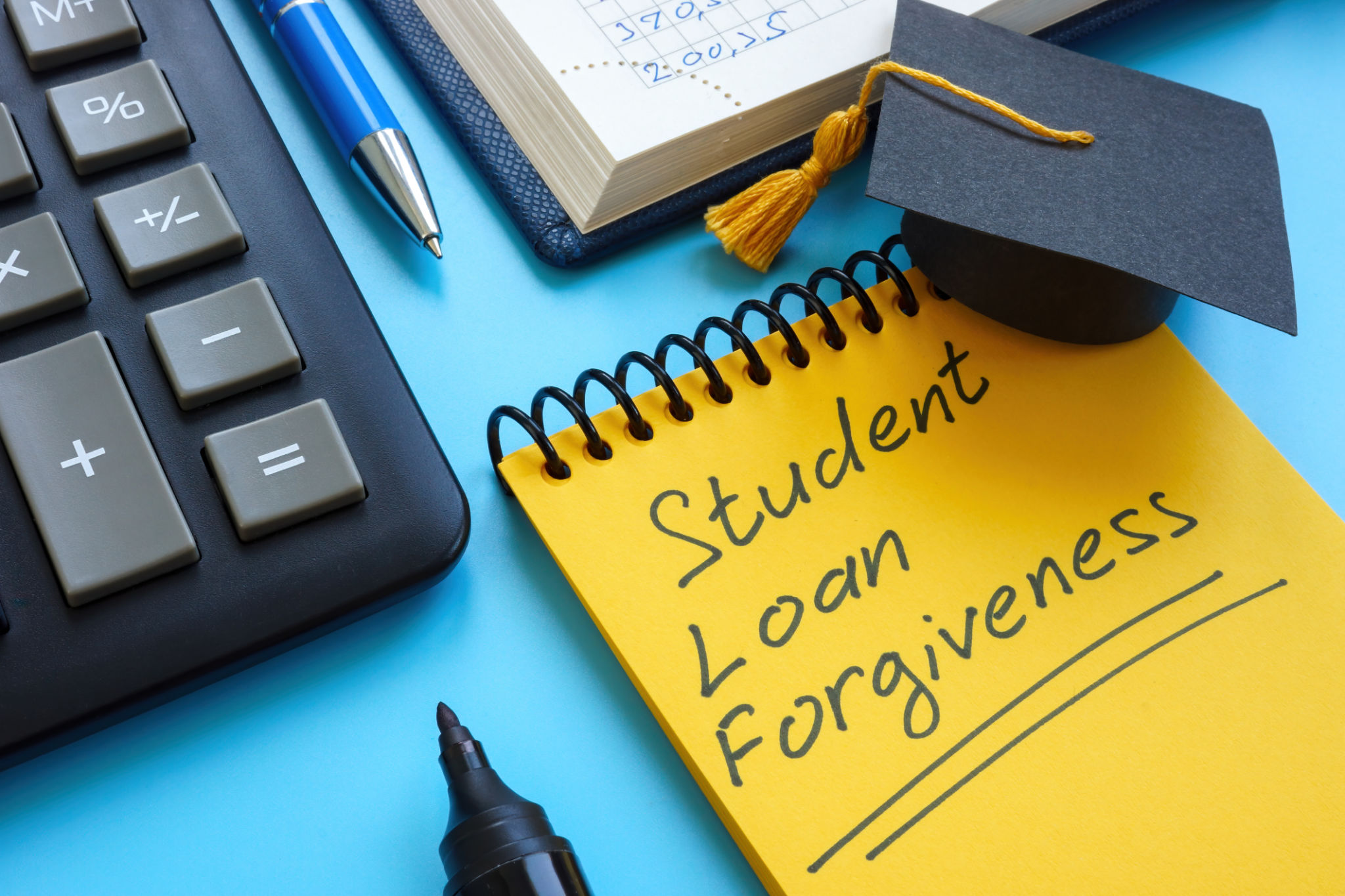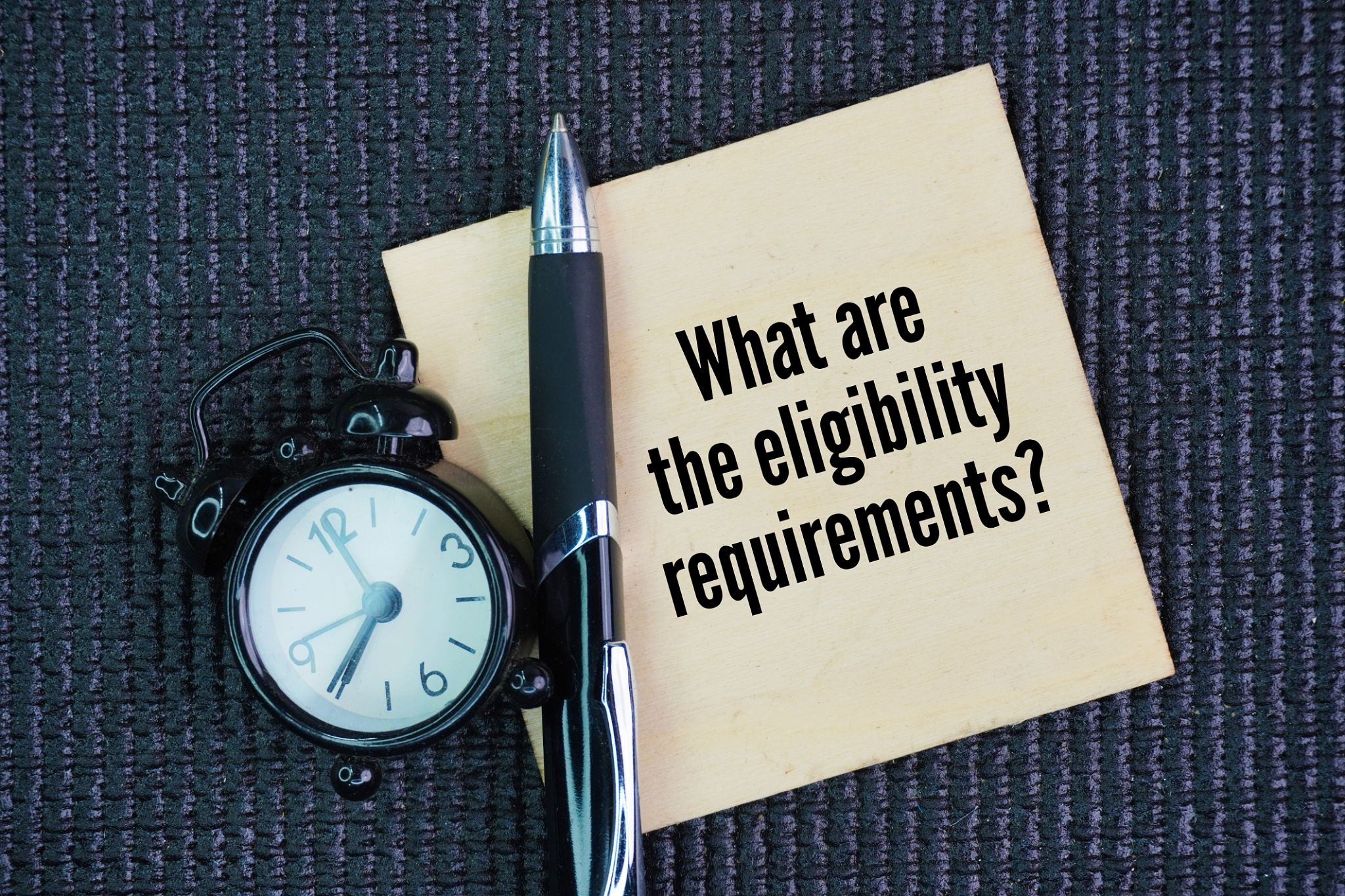The Ultimate Guide to Navigating Student Loan Forgiveness Programs
Understanding Student Loan Forgiveness
Student loan forgiveness programs can be a lifeline for borrowers overwhelmed by debt. These programs are designed to alleviate the financial burden by canceling a portion or all of a borrower's student loan debt. Understanding the different types of forgiveness programs and their eligibility requirements is crucial for maximizing their benefits.

Types of Student Loan Forgiveness Programs
There are several types of student loan forgiveness programs available, each catering to different needs and professions. Some of the most common include:
- Public Service Loan Forgiveness (PSLF): Available to government and nonprofit employees after 120 qualifying payments.
- Teacher Loan Forgiveness: Offers forgiveness to teachers who work in low-income schools for five consecutive years.
- Income-Driven Repayment (IDR) Forgiveness: Provides forgiveness after 20-25 years of qualifying payments under an IDR plan.
Eligibility Criteria
Each forgiveness program has specific eligibility criteria. For PSLF, borrowers must be employed full-time by a qualifying employer and make payments under a qualifying repayment plan. Teacher Loan Forgiveness requires teaching in a designated low-income school. Understanding these criteria is vital to ensure you qualify for the program.

Navigating the Application Process
Applying for student loan forgiveness can be a complex process. It often requires meticulous record-keeping and adherence to specific guidelines. Here are some steps to help navigate this process:
- Verify your eligibility for the desired program.
- Ensure all your payments and employment records are up to date.
- Submit the necessary application forms and documentation.
Common Pitfalls to Avoid
Many applicants face challenges during the forgiveness process due to common pitfalls. These include not meeting employment criteria, missing documentation, or misunderstanding program requirements. Staying informed and organized can help avoid these issues.

Maximizing Your Forgiveness Benefits
To make the most of student loan forgiveness programs, consider consolidating your loans if necessary, staying updated on policy changes, and regularly checking your progress towards forgiveness. It's also essential to keep in touch with your loan servicer to ensure all required steps are being followed.
By understanding the intricacies of these programs and taking proactive steps, borrowers can significantly reduce their student loan burden, paving the way for financial freedom and stability.